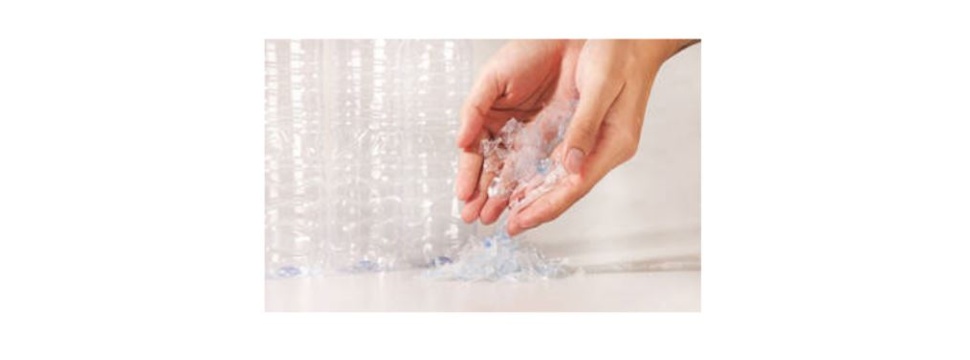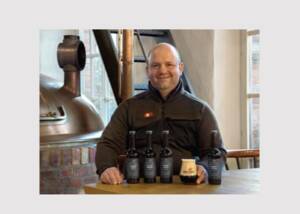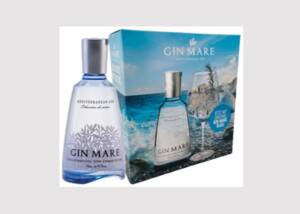New label adhesive makes PET recycling safer
News General news
- The new 52W wash-off label adhesive meets even strict specifications from Scandinavia for a closed PET cycle.
- Even in combination with standard PP films, it is washed off PET bottles at just 65 degrees Celsius without leaving any residue.
- The special formulation separates labels and PET bottles particularly reliably throughout the recycling process.
- The Norwegian PET collection system has already approved the new HERMA adhesive, and the Swedish one recommends it.

Wash-off pressure-sensitive adhesives for labels are in great demand as a means of further promoting the single-variety recycling of plastics. HERMA has now developed a new pressure-sensitive adhesive especially for PET bottles, which even meets the particularly stringent requirements imposed by two Scandinavian countries or their collection systems. The new HERMA adhesive, called 52W, has now been approved by the Norwegian collection system Infinitum and recommended by Returpack, its Swedish counterpart. In both cases, it is a combination with HERMA PP white super tc (grade 881) and HERMA PP 50 transparent super tc (grade 886) label materials. The new 52W adhesive not only ensures that the labels are washed off the bottles reliably and without leaving any residue. It also ensures that the washed-off labels are no longer adhesive after the washing process. This results in a very clean and unmixed separation of PET bottles and labels. "With the 52W, we can ensure that label particles do not become tacky again during a drying process and then stick to the washed PET flakes again. This is an important prerequisite for the separation process during recycling in accordance with the specifications from Norway and Sweden. As a result, the PET flakes can be separated from the labels by both float-sink separation and air classifiers and reprocessed to a high standard," explains HERMA's head of development, Dr. Ulli Nägele. "In practical tests, we also see this behavior with our HERMA 62Rpw pressure-sensitive adhesive, which we already introduced in 2019. With the 52W, we now comply with this specification starting at a washing temperature of 65 degrees Celsius. In other countries, 80 degrees is often common. This was again a challenge for our development team. But based on our previous experience in this area, we were able to deliver results quickly."
High recycling rates in Scandinavia
Scandinavian countries are among the world's driving forces when it comes to recycling PET bottles. In Sweden, for example, around 90 percent of used plastic bottles are now recycled, and in Norway the figure is said to be over 95 percent. The high rates are all the more important because classic reusable systems for plastic (and glass) bottles play a much smaller role there than in Germany, for example. "In addition, adhesive labels for PET bottles are traditionally used much more frequently in Scandinavia than in this country. That's why absolute process reliability is required there," says the HERMA head of development. To ensure that new PET bottles can be created to the greatest possible extent from recycled PET flakes, their clean reprocessing is extremely important. "PET is the only plastic that can also be reprocessed as a post-consumer material through an appropriate recycling process into a regranulate that meets the legal requirements for a food contact material," the Institute for Energy and Environmental Research (Ifeu) clarified back in 2017.










